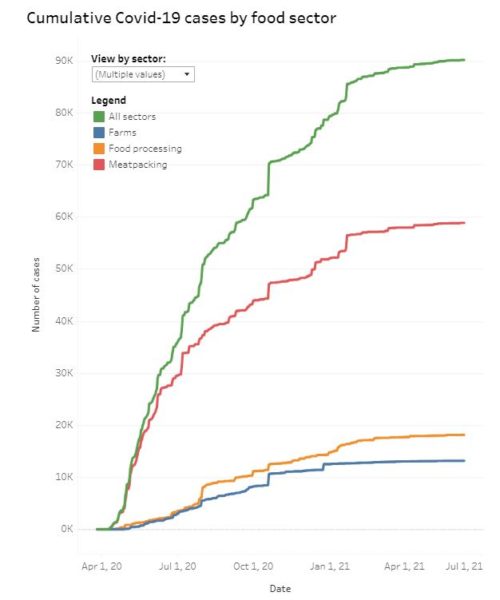Do product reformulation strategies make any nutritional difference?
That’s my question when I see what food companies are trying to do to reduce the content of sugar and salt in their ultra-processed junk food products.
To put it another way, does making an ultra-processed food or beverage slightly better for you convert it to a good choice?
We can argue about this, but companies really are trying hard, as this collection of articles from FoodNavigator.com indicates.
Special Edition: Nutrition and reformulation strategies
Most shoppers say they want to reduce consumption of products that are high in fat, salt and sugar. But many struggle to cut HFSS foods and beverages from their diets and reformulation efforts often face the headwind of perceived quality issues. Meanwhile, the fortified food market in Europe is expected to see a CAGR of 5.2% through to 2025. While reformulation efforts take out the ‘baddies’ is there also an opportunity to add positive nutrients through fortification?
- What reformulation really looks like in 2021: ‘Reformulated products need to be better nutritionally and equally tasty, if not tastier’: With calls to reformulate food and drink products to reduce fat, sugar and salt, we explore: What influences prompt brands to reformulate? What does the process really entail? And can it be done successfully during a global pandemic?.. Read
- ‘No added sugar’: Fibre and stevia predicted to ‘shake up’ sugar reduction: Fibre and next-generation stevia are expected to play key roles in sugar reduction as a growing number of manufacturers seek out ‘no added sugar’ claims, according to Mintel… Read
- How UK brands are reformulating to avoid the HFSS ad ban: UK food brands are currently digesting planned government legislation coming next year which will prevent marketing and advertising of HFSS being shown on TV (pre-9pm) and online from 2022 and limit where these products can be placed in bricks and mortar stores… Read
- What does the future hold for reformulation? With the impending publication of part two of the National Food Strategy in the UK, IGD convened major retailers, manufacturers, food service companies and members of the National Food Strategy team to discuss reformulation, the challenges, and opportunities. Here Hannah Pearse, Head of Nutrition and Scientific Affairs at IGD, shares an overview of the conversations from a series of roundtable discussions… Read
- Kellogg cuts sugar and salt across Europe and UK: ‘The process is trial and error’: The Kellogg Company has pledged to remove at least 10% of sugars and 20% of salt from its children’s cereals across European and UK brands… Read
- Does the UK’s proposed junk food ad ban reduce the motivation to reformulate? The Food and Drink Federation says UK plans to restrict in-store promotions of foods high in fat, salt and sugar will deter companies from developing lower sugar and fat alternatives… Read
- Cereal Partners Worldwide talks breakfast renovation: ‘Innovation can be less, rather than more’: The joint venture between Nestlé and General Mills is taking a ‘dual strategy’ approach to cereal renovation that is ‘both reductionist and increasing’, says Gharry Eccles, Vice President UK and Oceania of Cereal Partners Worldwide… Read
- Snack sector looks to lentils, beans and insects as ‘health by stealth’ hits limit: As the snack sector reaches its technological limits in cutting salt and fat from products, European manufacturers are accelerating reformulating efforts using lentils, beans, other vegetables — and even insects — as a way of meeting consumer demand for healthier snacking options… Read

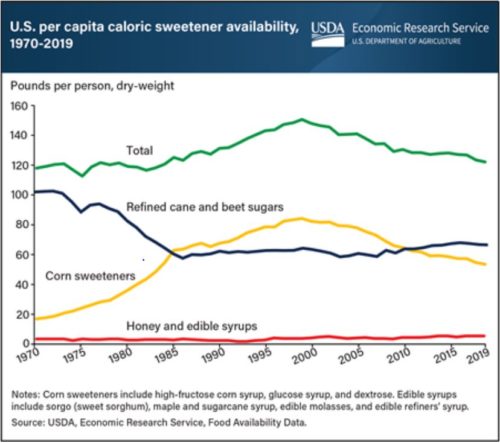
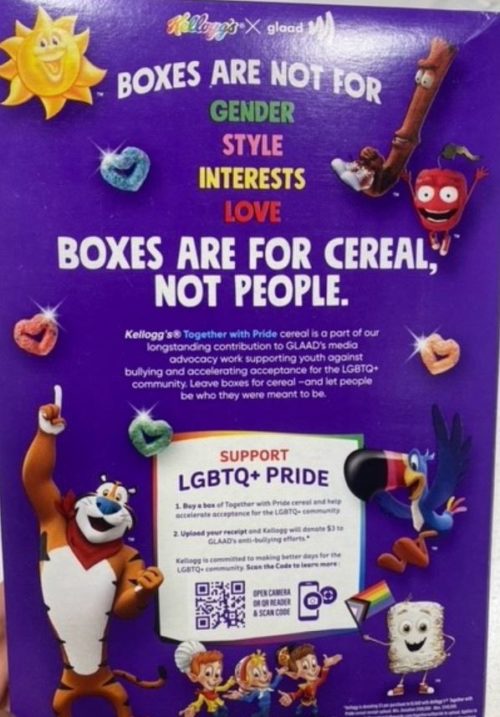
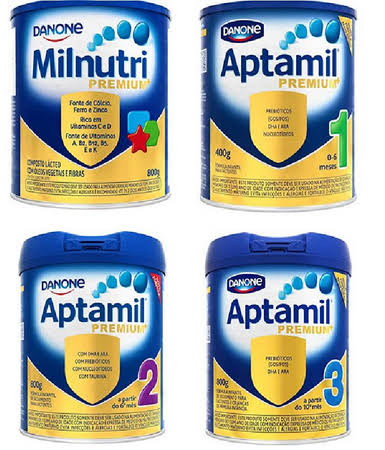
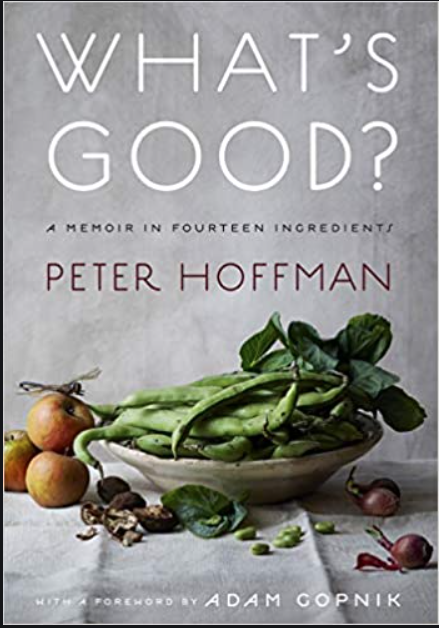 Peter Hoffman, the chef-owned of the much loved and late-lamented Savoy restaurant in Manhattan’s SoHo has written an account of its rise and fall along with a close examination of what went into it, foods, ingredients, and emotions.
Peter Hoffman, the chef-owned of the much loved and late-lamented Savoy restaurant in Manhattan’s SoHo has written an account of its rise and fall along with a close examination of what went into it, foods, ingredients, and emotions.